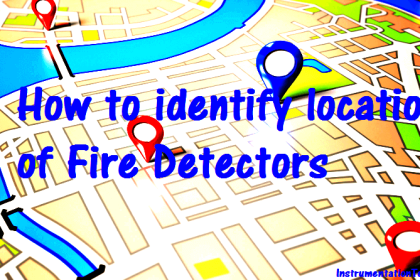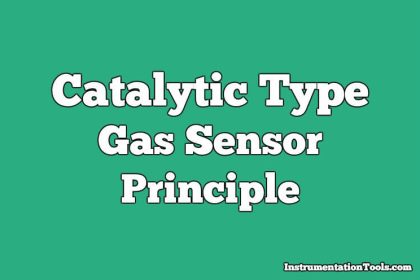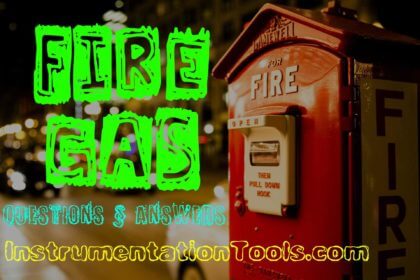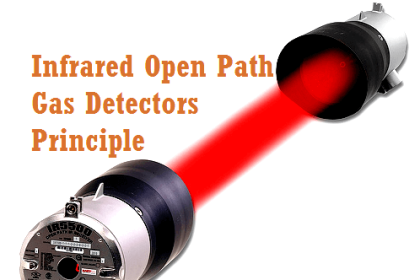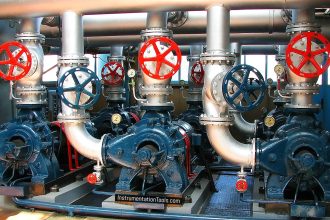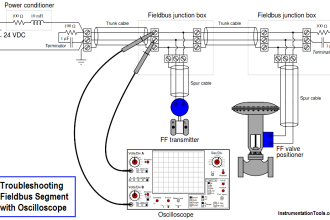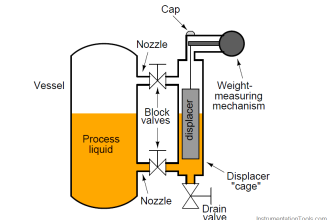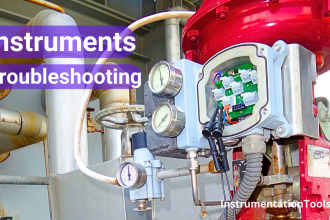In environments with combustible gas hazards, it is important to know long before the gas concentration reaches the LEL.
Typical safety standards require that a gas detection unit give warnings at 10 – 20% of the LEL. Do not confuse the alarm level with the volume of gas required to reach the LEL.
For example:
Methane has an LEL of 5% by volume in air. For a gas detector to give an alarm at 10% of the LEL, it must trigger when it detects 0.5% by volume.
The detector for this application would most likely be calibrated for the range from 0% to 5% gas by volume, but display the reading as 0 – 100% LEL.
Why LEL important in Combustible Gas Detection?
When it comes to dealing with combustible gases, it is important for those doing so to have a comprehensive knowledge of any combustible gases that they will come in contact with. One area of knowledge that is immensely important is what is known as the LEL. LEL stands for “lower explosive limit.” Basically a combustible gas will only ignite when it is within a specified range. In other words, too much or too little gas will not ignite. The lower end of that range is the LEL and the higher end of the range is known as the UEL or upper explosive limit.
Managing Primary Risks
When dealing with combustible gases, the first priority is to manage the risks involved with dealing with a particular gas. The primary risk involved with combustible gases is the risk of the gas ignited or exploding. Combustible gases, much in the same way as fire, must have three elements present in order for an explosion to take place — oxygen, fuel and an ignition source. If any of these three elements are absent, then there is no risk of an explosion.
Because a combustible gas will only ignite within a certain range, it is imperative to know the range of any combustible gases present. When any gas levels move within this range, it becomes volatile and dangerous.
When the gas levels fall within explosive range, the gas can ignite under certain conditions, with the greatest risk of explosion being at the midpoint between the LEL and UEL (Upper Explosive Limit).
Why is the LEL Important?
Because most gases are engaged when they are predominately lean, they would have to increase in richness to become explosive. This means the LEL would be the primary indicator of when a gas is moving into the danger zone to become explosive.
Early Detection
Although it is extremely important to have a comprehensive perspicacity of LEL’s for all gases that one might be exposed to, it is also vitally important to understand that it is imperative to detect a shift in the levels of the gas long before they reach the LEL or UEL. Once the LEL or UEL is reached, the danger is immediately present, meaning that an explosion can take place at any time without warning. Early detection allows crews to take the necessary precautions to protect themselves and others.
There are times that certain measures can be taken to manage the rise or fall in gas levels. When this is the case, early detection will give the crew a head start in addressing the issue. When corrective measures are not possible, early detection allows the crew to take other safety precautions, all the way to evacuating the location.
There are a number of detection devices that provide the capacity for crews to effectively monitor the volatility of combustible gases to ensure that the levels remain within a safe range. Having this type of equipment, in addition to the knowledge of the LEL and UEL, will provide the best opportunity to create a safe operating environment for the crew involved.

